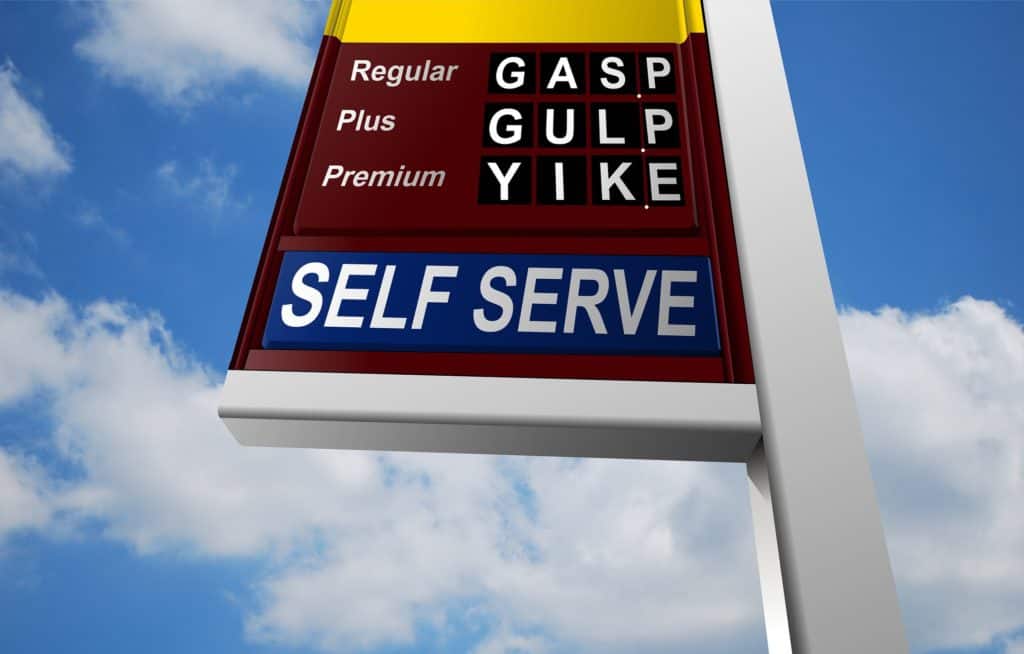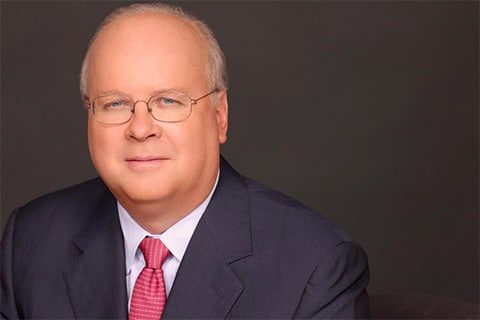
Opinion
By Karl Rove
Trying to limit the political damage of skyrocketing gasoline prices, the Biden administration on Sunday trotted out Energy Secretary Jennifer Granholm. They’d have been better off if she’d gone to Mass.
Appearing on CNN’s “State of the Union,” Ms. Granholm said “we need to have increased production, so that everyday citizens in America will not be feeling this pain that they’re feeling right now.”
The context of the discussion was President Biden’s upcoming visit to the Gulf Cooperation Council, where he’ll ask the Saudis to increase oil production. Ms. Granholm got the general principle right: The answer to high prices is increased supply. What she got wrong was locating the solution some 7,500 miles away in Middle Eastern oil fields.
She didn’t have much of a choice. Since taking office, Mr. Biden has labored hard to make American fossil-fuel production more costly so green energy alternatives become more attractive. He succeeded, and the result is record prices.
On his first day in office, Mr. Biden canceled the Keystone XL pipeline and halted new leases in Alaska’s Arctic National Wildlife Refuge. A week later, he banned new oil and gas leases on federal lands and waters, and in June he shut down exploration on existing leases in ANWR. In October, he increased the regulatory burdens on building pipelines and other infrastructure. This February he limited leasing in Alaska’s National Petroleum Reserve. At every turn Team Biden has worked to restrict and reduce domestic oil and gas production.
Almost a year after a federal judge enjoined the White House from implementing its pause on leases in federal lands and waters, the administration in April finally offered 144,400 acres for exploration—only 20% of the acreage originally slated for this tranche of leases. The administration also raised the federal royalty by 50%, increasing the cost on American consumers. It nominated regulatory officials hostile to fossil fuels and issued climate disclosure rules that made lenders skittish about providing capital.
Team Biden got what it wanted: Daily U.S. oil production dropped from 12.29 million barrels in 2019 to an estimated 11.85 million in 2022, well after demand had rebounded from the pandemic.
Mr. Biden blames Vladimir Putin, but prices rose quite a bit before Russia invaded Ukraine. In January 2021, the average price of regular gasoline was $2.33 a gallon. By February 2022, it was up to $3.52. As of May, the average price was $4.44; so 56% of that price rise predated the invasion.
After doing everything in his power to constrict American supply, Mr. Biden is now threatening a windfall-profits tax, even though oil and gas production saw only a 4.7% net profit margin last year. Compare that with Microsoft’s 39% net margin, Facebook’s 33%, Google’s 30% and Apple’s 27%. Yet Mr. Biden won’t confiscate tech company profits.
The president now proposes a three-month holiday from the 18.4-cent-a-gallon federal gasoline tax. But this would raise demand and increase the deficit while doing nothing to boost production.
If Mr. Biden were serious about lowering fuel prices, he’d follow the advice of President Clinton’s Treasury Secretary Larry Summers, who suggested Sunday “an all-in more- energy-supply approach that emphasizes freeing up fossil fuels.” That means undoing all of Mr. Biden’s earlier decisions that pushed oil and gas prices up. It’s important to start now. It took a year and a half of bad actions to get here; it’ll take time to increase supply and thereby produce downward pressure on prices.
Op-ed by Mr. Rove, courtesy of rove.com, was first published in The Wall Street Journal.

Karl Rove served as Senior Advisor to President George W. Bush from 2000–2007 and Deputy Chief of Staff from 2004–2007. At the White House he oversaw the Offices of Strategic Initiatives, Political Affairs, Public Liaison, and Intergovernmental Affairs and was Deputy Chief of Staff for Policy, coordinating the White House policy-making process.
Mr. Rove has been described by respected author and columnist Michael Barone in U.S. News & World Report as “…unique…no Presidential appointee has ever had such a strong influence on politics and policy, and none is likely to do so again anytime soon.” Washington Post columnist David Broder has called Mr. Rove a master political strategist whose “game has always been long term…and he plays it with an intensity and attention to detail that few can match.” Fred Barnes, executive editor of The Weekly Standard, has called Mr. Rove “the greatest political mind of his generation and probably of any generation. He knows history, understands the moods of the public, and is a visionary on matters of public policy.”
Before Mr. Rove became known as “The Architect” of President Bush’s 2000 and 2004 campaigns, he was president of Karl Rove + Company, an Austin-based public affairs firm that worked for Republican candidates, non-partisan causes, and non-profit groups. His clients included over 75 Republican U.S. Senate, Congressional, and gubernatorial candidates in 24 states, as well as the Moderate Party of Sweden.

